Florian Fausch: MOMENTUM
Florian Fausch's paintings are undoubtedly utopian architectural landscapes whose rules function according to their own laws; they are places and non-places at the same time, which revolve around the concept of the image. Familiar and yet so alien, they invite you to lose yourself in the pictorial space with your eyes wide open. In the deserted, enigmatic paintings and works on paper, there is not only a top and bottom, a right and left, a foreground and background. Here, interiors meet glass fronts, staircases meet high-rise facades, mountain ranges meet potted plants. Landscape and interior spaces are fanned out and split, interlocking with and into each other to create something completely new. Clearly defined sharp lines define architectural elements, which in turn lose themselves in non-representational motifs. The result is a simultaneity of different levels and painting styles.
Florian Fusch's works are located in the border area between figuration and abstraction. The angular forms are reminiscent of the cutting techniques of collages or stencils used for geometric compositions. He uses the collage technique to find images, but in a contemporary form. Magazines, computer games and the Internet, with their gigantic image archives, serve the artist as a fundus. As a so-called "digital native", he not only searches for motifs on the Internet, the electronic possibilities also serve him quite naturally as a working tool with regard to the composition of the picture, which is partly created on the computer and transferred to the canvas or paper in a further step. During the painting process, the fragments of the appropriated material are interwoven with his own ideas; reality and utopia merge to create a dynamic overall effect.
In Florian Fausch's work, architecture becomes an abstraction of color. Spatiality and depth effect arise from the deliberate use of an unusual, contrasting and luminous color palette, but also from the special painting technique. He applies the oil paint in thin, transparent layers, one on top of the other, so that the different layers of the painting become perceptible. In certain places, the canvas still shimmers through and allows a glimpse of the painting ground. The layers of paint with their empty spaces make the painting tangible in its physicality. At the same time, the Düsseldorf-trained painter succeeds in creating an illusionistic effect with the composition of the picture, so that real and simulated space meet. His compositions bear witness to a specific interest in the peripheral zones of painting.
Text: Katrin Weilemann

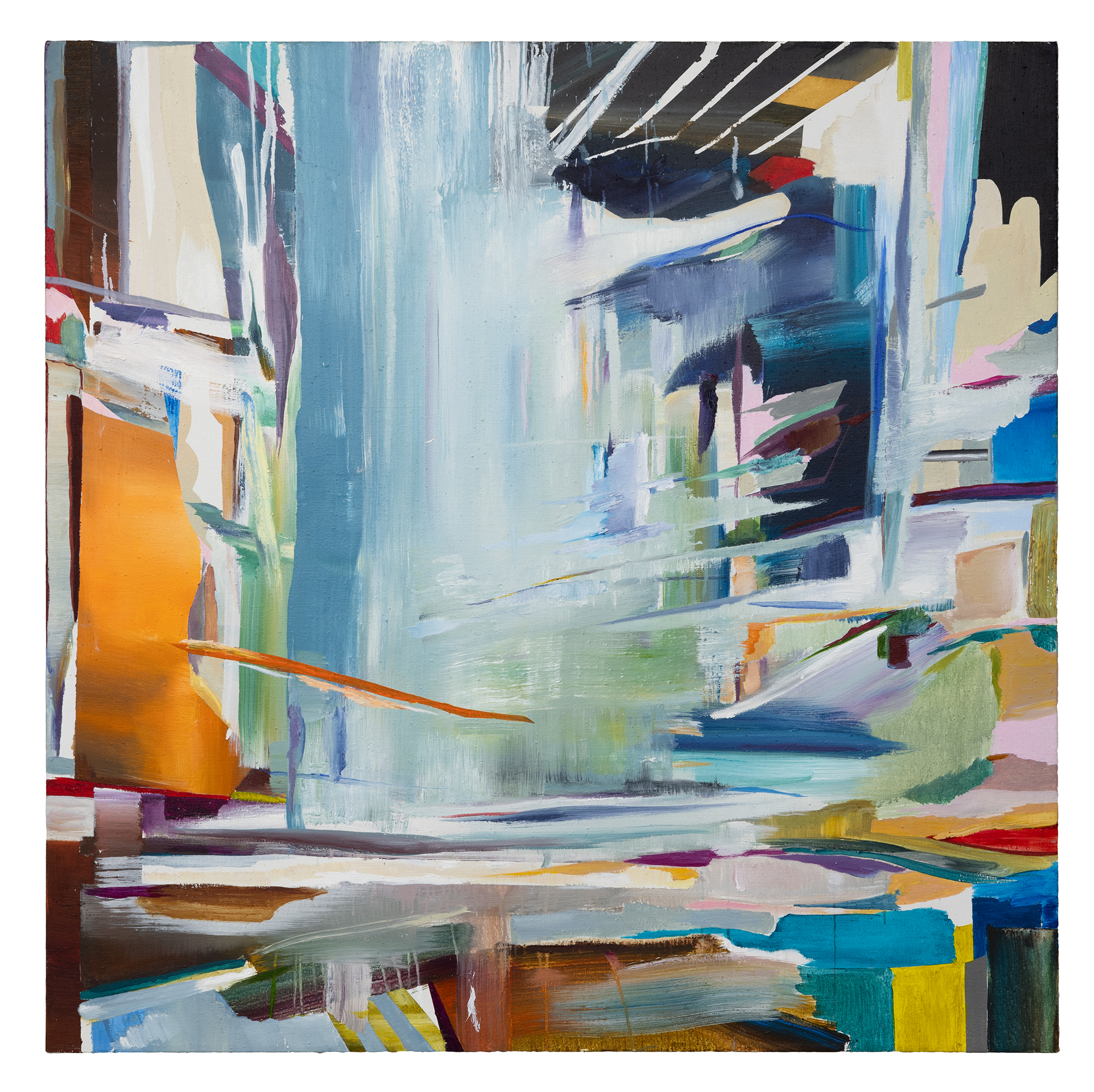
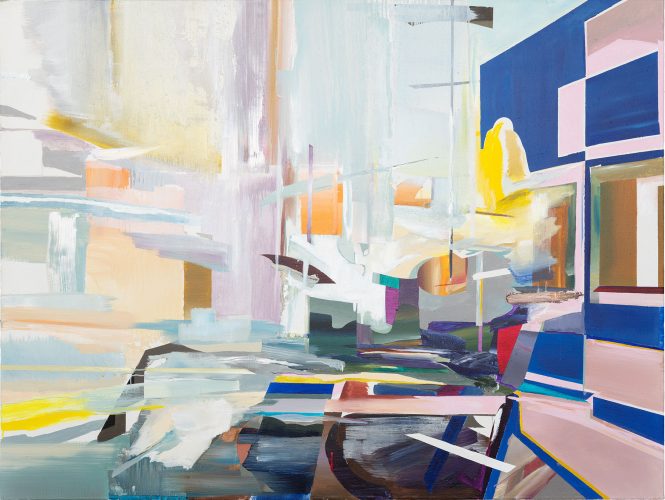 Florian Fausch, Untitled 01 »
Florian Fausch, Untitled 01 »
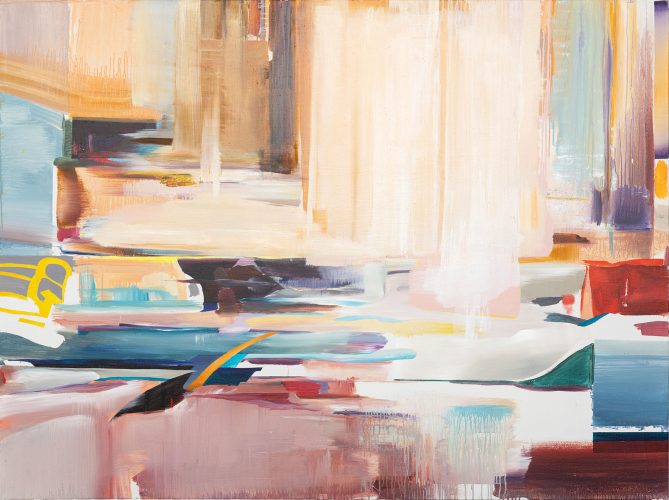 Florian Fausch, Untitled 02 »
Florian Fausch, Untitled 02 »
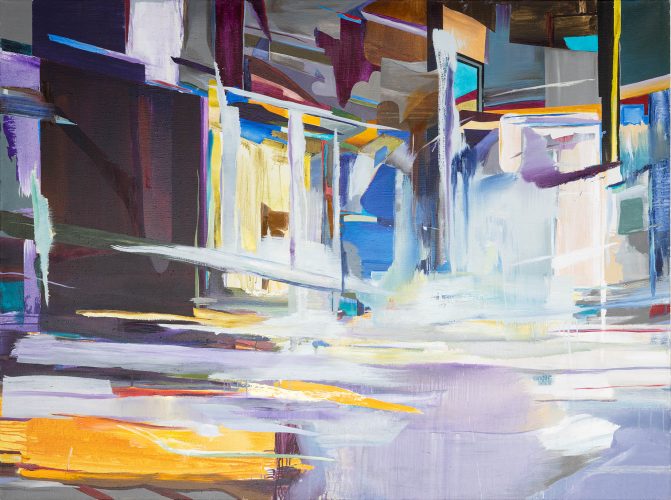 Florian Fausch, Untitled 03 »
Florian Fausch, Untitled 03 »
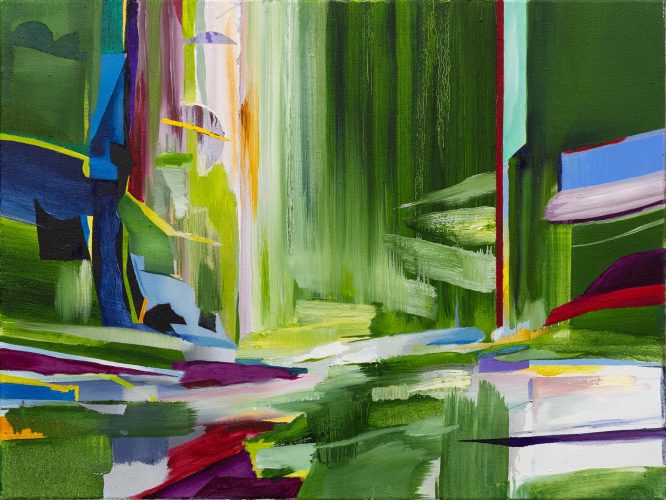 Florian Fausch, Untitled 04 »
Florian Fausch, Untitled 04 »
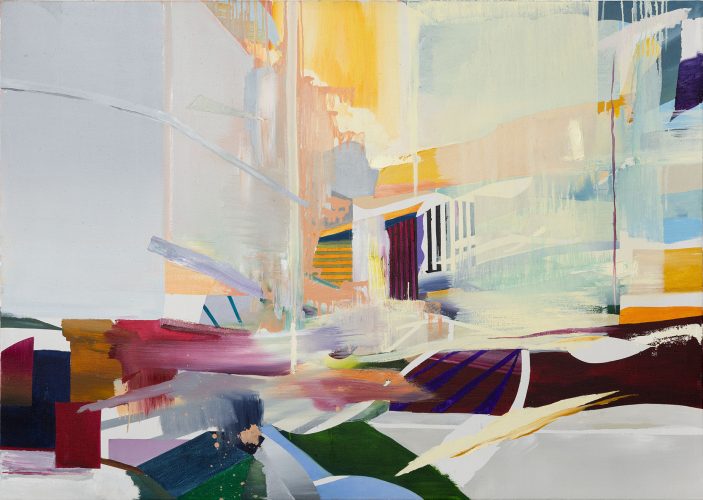 Florian Fausch, Untitled 05 »
Florian Fausch, Untitled 05 »
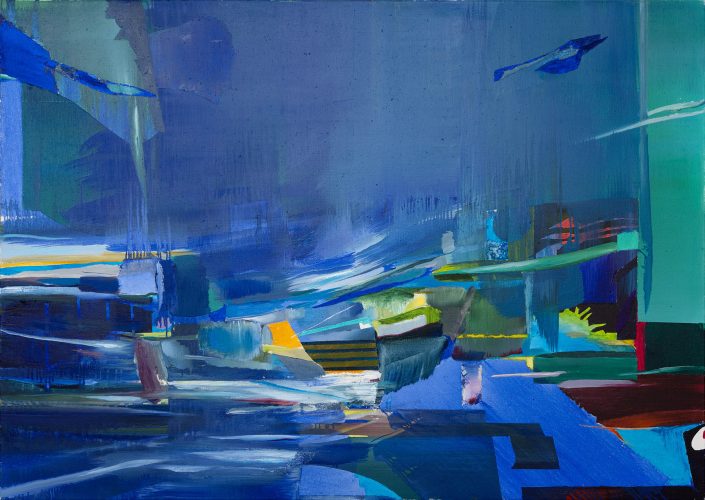 Florian Fausch, Untitled 06 »
Florian Fausch, Untitled 06 »
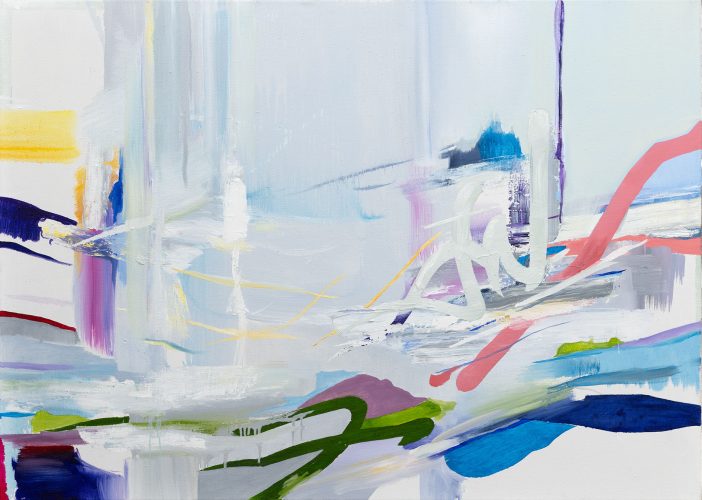 Florian Fausch, Untitled 07 »
Florian Fausch, Untitled 07 »
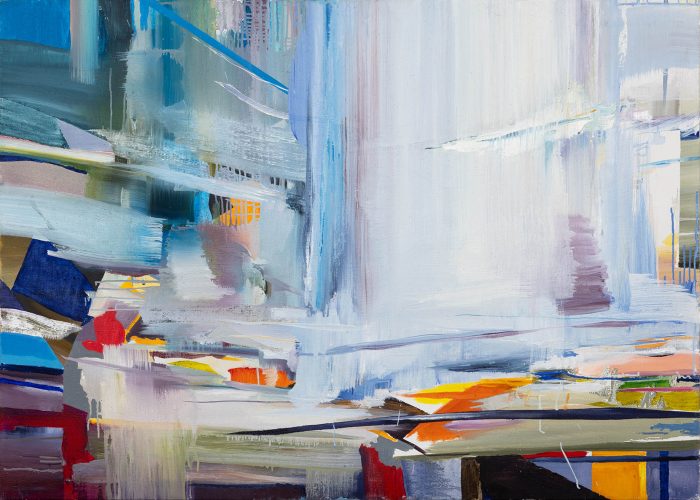 Florian Fausch, Untitled 08 »
Florian Fausch, Untitled 08 »
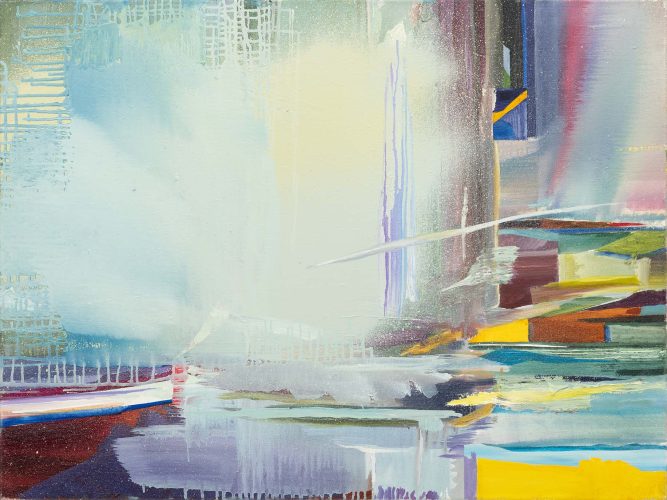 Florian Fausch, Untitled 09 »
Florian Fausch, Untitled 09 »
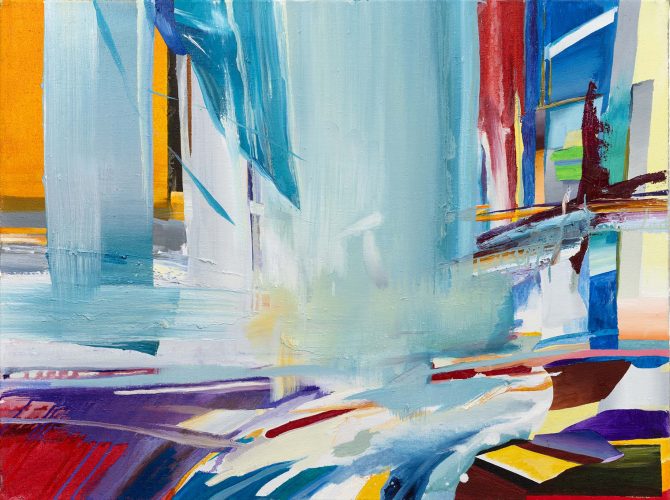 Florian Fausch, Untitled 10 »
Florian Fausch, Untitled 10 »
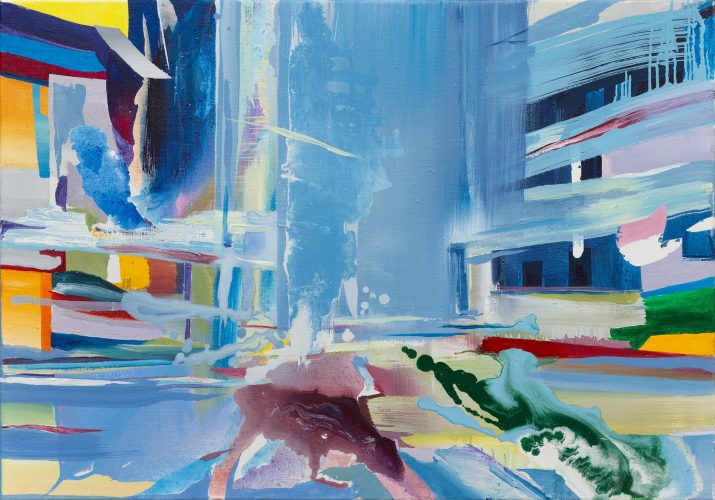 Florian Fausch, Untitled 11 »
Florian Fausch, Untitled 11 »
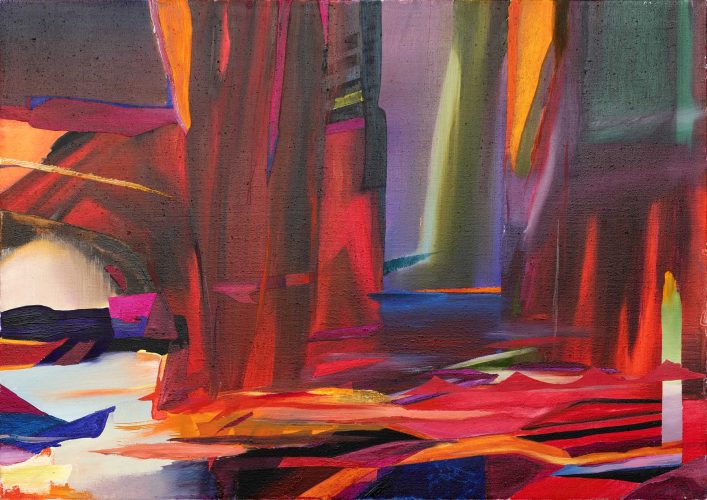 Florian Fausch, Untitled 12 »
Florian Fausch, Untitled 12 »
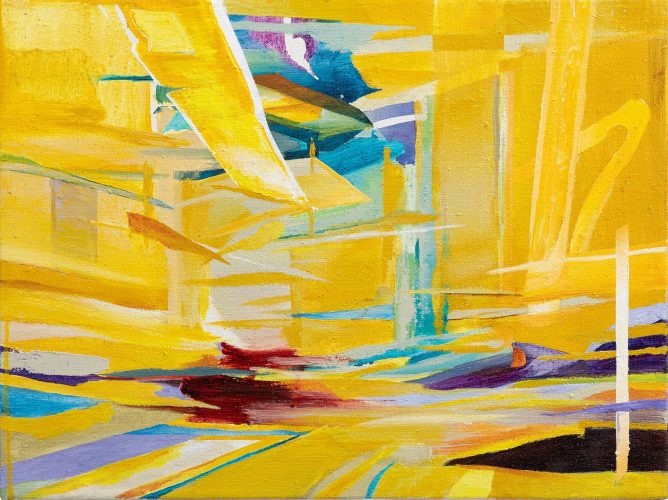 Florian Fausch, Untitled 13 »
Florian Fausch, Untitled 13 »
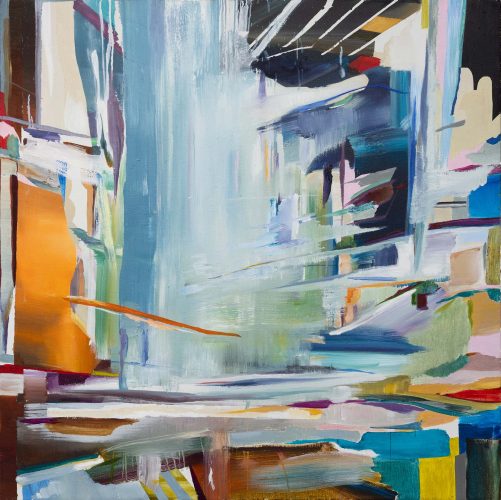 Florian Fausch, Untitled 14 »
Florian Fausch, Untitled 14 »
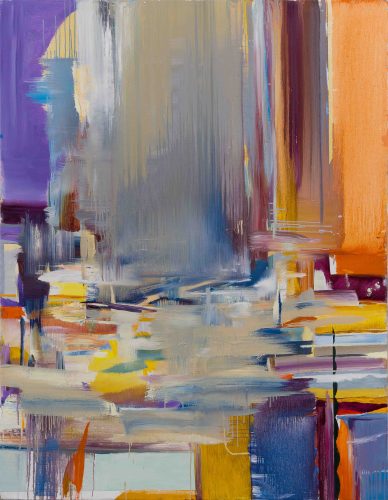 Florian Fausch, Untitled 15 »
Florian Fausch, Untitled 15 »
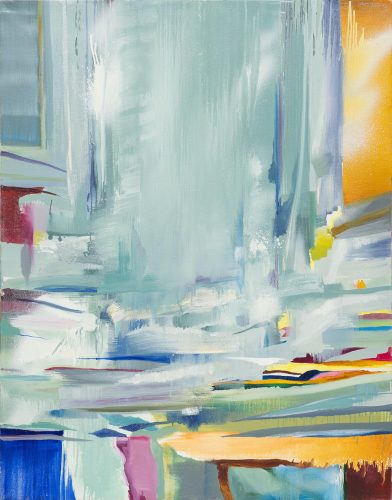 Florian Fausch, Untitled 16 »
Florian Fausch, Untitled 16 »
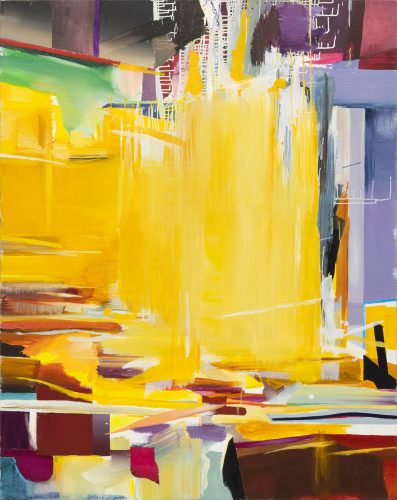 Florian Fausch, Untitled 17 »
Florian Fausch, Untitled 17 »
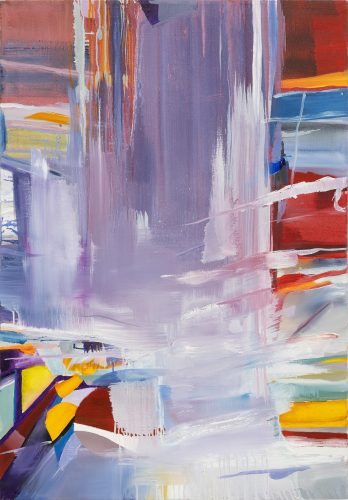 Florian Fausch, Untitled 18 »
Florian Fausch, Untitled 18 »
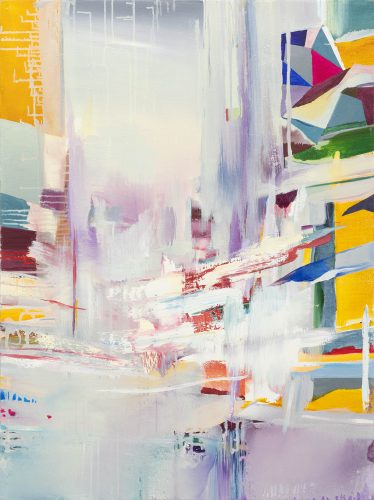 Florian Fausch, Untitled 19 »
Florian Fausch, Untitled 19 »
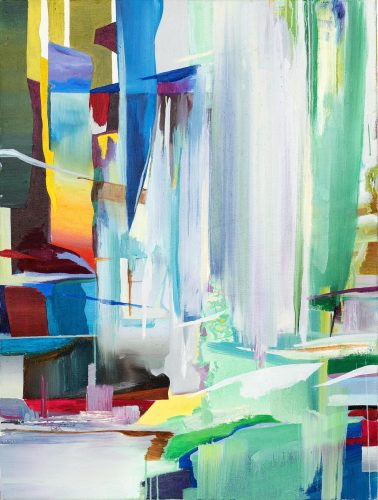 Florian Fausch, Untitled 20 »
Florian Fausch, Untitled 20 »
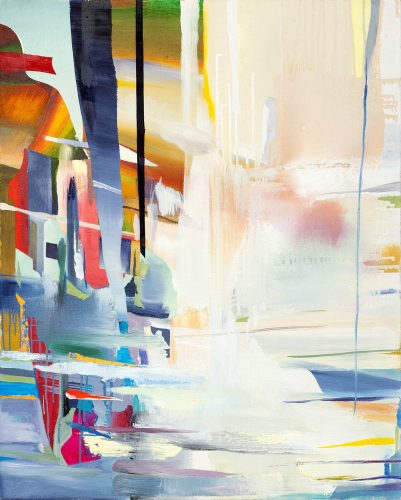 Florian Fausch, Untitled 21 »
Florian Fausch, Untitled 21 »
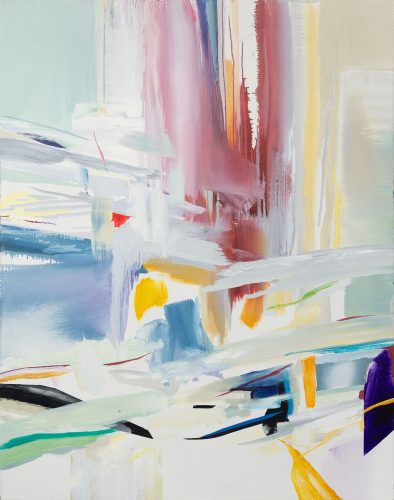 Florian Fausch, Untitled 22 »
Florian Fausch, Untitled 22 »
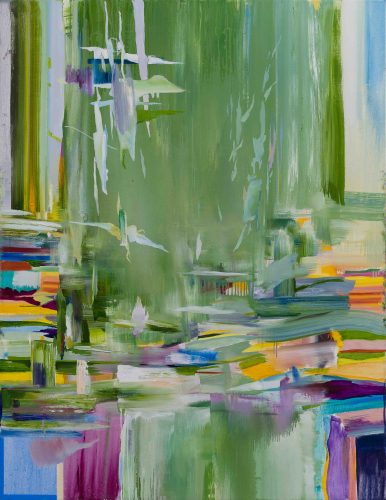 Florian Fausch, Untitled 23 »
Florian Fausch, Untitled 23 »
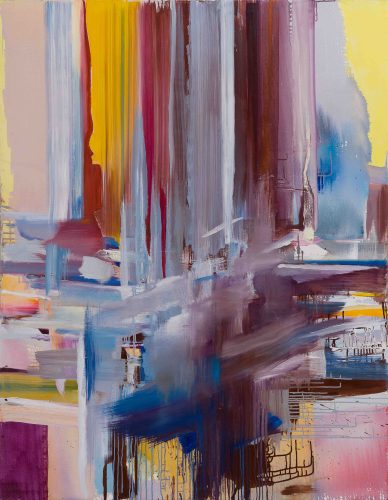 Florian Fausch, Untitled 24 »
Florian Fausch, Untitled 24 »